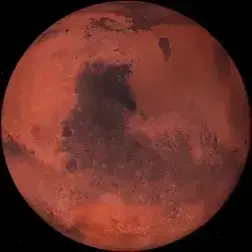And that’s because SpaceX at least try to minimise pollution (both light and radio). Not successfully, but it’s minimised.
The Chinese don’t give a fuck, just like they don’t give a fuck who their toxic rockets land on when launched over their own people.
The primary source of the linked article: https://arxiv.org/abs/2409.20432
Observed magnitudes of Qianfan spacecraft range from 4 when they are near zenith to 8 when low in the sky.
Since this is the first run of the Qianfan satellite constellation, the most appropriate comparison would be to Starlink’s original satellites. As you can see below, the notion that China’s satellites are “significantly brighter than those of Western systems” is a inaccurate.
A 2022 paper on Starlink Original, VisorSat and Post-VisorSat models: https://arxiv.org/pdf/2210.17268
The Original spacecrafts have a relatively flat phase function, so they are comparatively bright over a wide range of phase angle. […] the characteristic magnitudes are: 4.7 (Original) […]
A 2024 paper on Starlink newer Direct-to-Cell satellites: https://arxiv.org/abs/2407.03092
The mean apparent magnitude of Starlink Mini Direct-To-Cell (DTC) satellites is 4.62 while the mean of magnitudes adjusted to a uniform distance of 1000 km is 5.50.
Clearly, even the newest Starlink satellites are well above the magnitude 7 limit astronomers recommend for satellite brightness.




